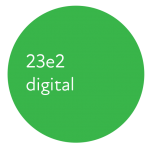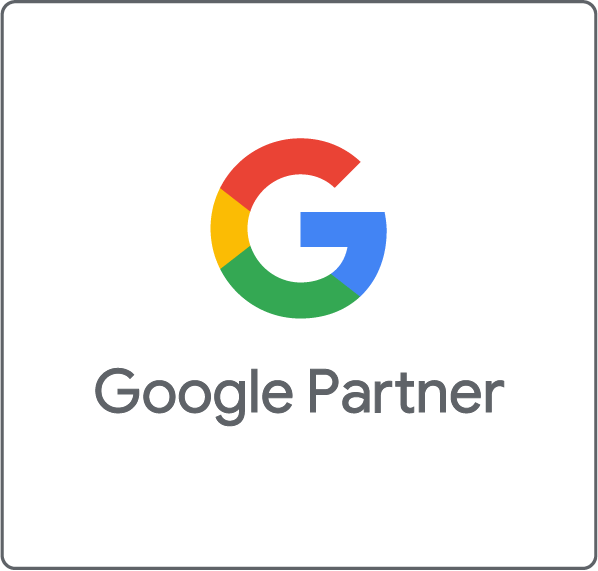SEO for Landscaping Companies in 2021
The Landscaping industry can be very competitive, as the competition continues to grow each day with very little differentiation.
With so much competition, how can your landscaping business stand out from the rest?
The solution is to enhance your online presence so that you are easily discoverable by search engines such as Google or Bing.
With SEO you can enhance your online presence by optimizing your website to rank for the top-ranking positions on the search engines. The higher your position is on the search engines, the more likely it is to drive quality traffic and increase conversions for your landscaping business.
What Is SEO?
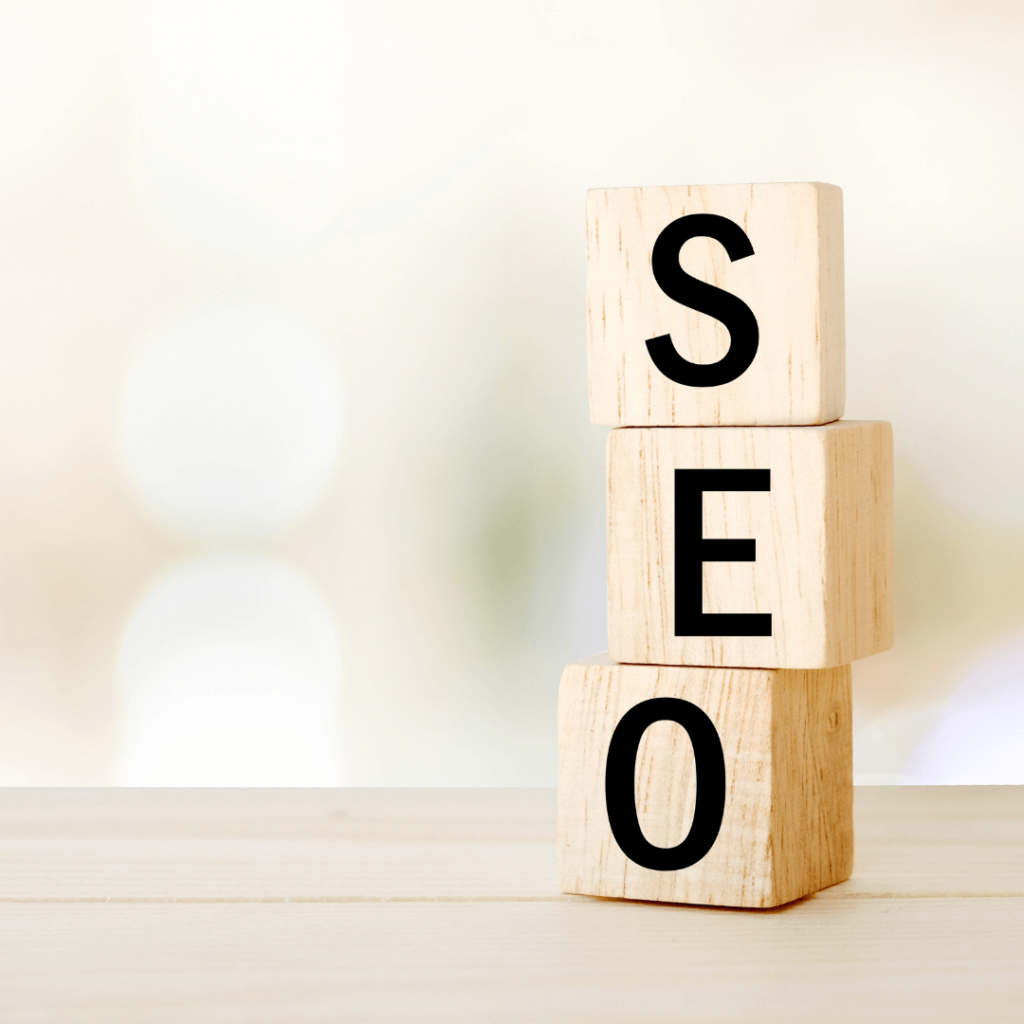
Search Engine Optimization or commonly known as SEO is the practice of optimizing your website to be easily discoverable by the search engine so that it can rank on the first page of the search results.
Why do I need to rank for the first page of the search results?
Think back to the last time you search for something on Google, how often do you check the second page of the search results.
Almost never I assume.
This is because listings on the first page are the most relevant results that the search engines have found for the search query, so it’s less likely to find an answer on the other pages of the search results. This means if your website appears on the first page of the SERP, it can lead to higher-quality traffic back to your website, as well as increasing the likelihood of making a sale.
With SEO you will be gaining exposure to a wider audience through your organic listings on the Search Engine Result Page or SERP for short.
The effectiveness of SEO lies in the understanding of your audience’s search intent and providing an answer to what they were searching for. If you can figure out your audience’s search intent, then you can create content for it so that it can be found by the search engines to be shown on the SERP.
Why Is SEO Important for Landscapers?
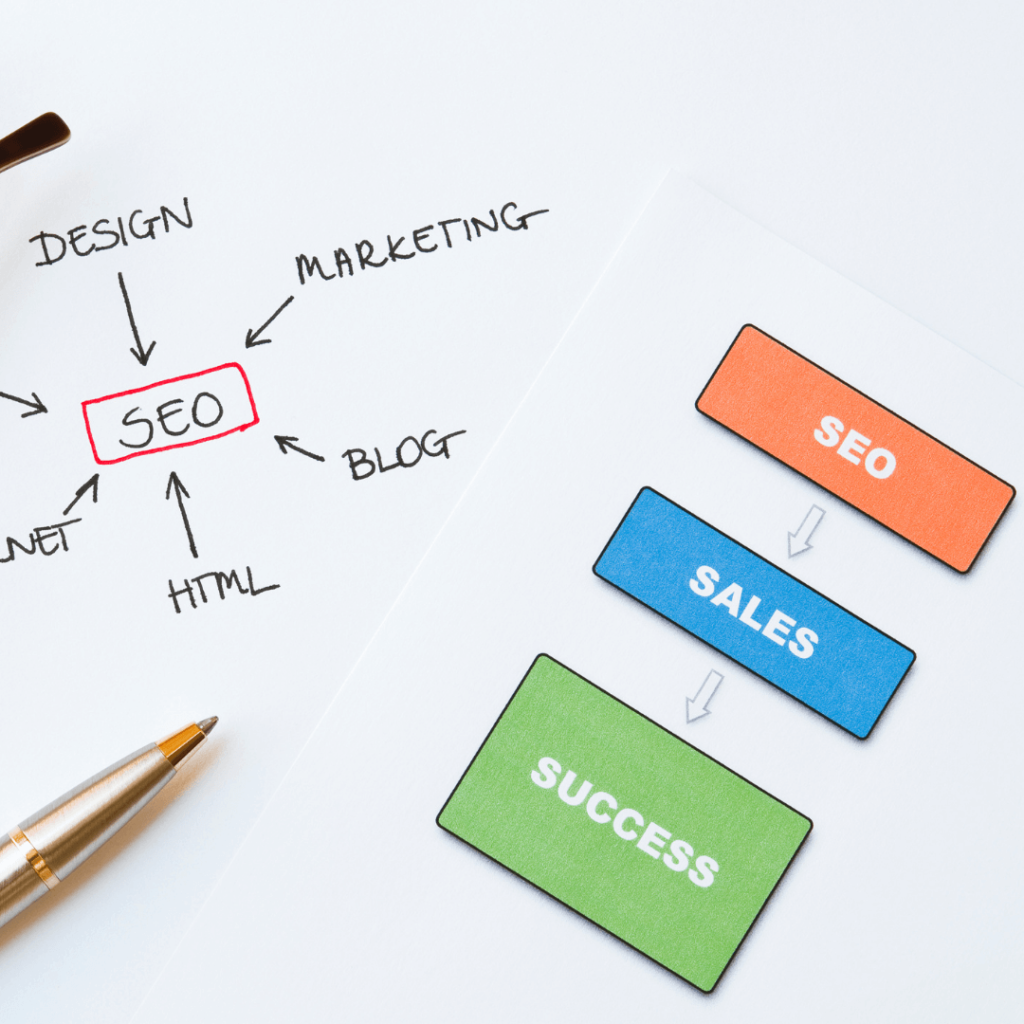
As we are living in the digital era, more and more people are using search engines such as Google to help find service providers such as landscapers in their area.
According to a study, “Nearly 93% of all web traffic comes through search engines.” This means that you are potentially missing out on many customers who are interested in your landscaping services if your website is not optimized to be found on the search engine.
When SEO is performed correctly it can help generate a consistent amount of organic traffic back to your site by ranking on the first page of the search results. Best of all, organic traffic is free no matter how many visitors you get.
But ranking on the first page of the search results can be competitive, as many businesses are trying to do the same things, and it becomes even more competitive when trying to rank for the top 3 positions on the search results.
How Can I Rank for the First Page on the Search Results with SEO?
When developing an SEO strategy it is important to understand five key factors that will help your website standout out to Search Engines. These factors include Keyword Research, Website Optimization, On-Page SEO, Link Building, and Local SEO. These factors work in tandem with one another to increase your chances of appearing on the first page of the SERP.
Let’s take a look at each factor in more detail.

This is the foundation of your SEO strategy as this defines how your website and its content should be optimized for the search engines. Without the right keywords, you will have no direction on how to target your audience.
To find the right keywords, you must understand what are popular search terms your audience use to find the services that you offer. For example, if you offer landscape services in Toronto, you might want to target the keyword “Landscape Service Toronto”.
When considering what keywords to target you will need to consider the difficulty and volume of the keyword. Generally, one-word keywords such as “landscaper” will have more search volume because it is so broad, but this makes it difficult to rank for as many people are competing for it. On the other hand, the more specific you get with your keyword such as “Landscape Design Toronto”, the less competition there will be, as these keywords typically have lower search volumes because it is about a specific service in landscaping.
Ideally, you want to target a keyword that has a balance of high volume with low competition.
There are many Keyword Research tools such as Moz, Ubersuggest, and Google Keyword Planner, which you can use to get an idea of what type of keywords you want to target for your landscaping business.

The main focus of website optimization is to improve the performance of your website so that it provides a quality user experience to your web visitors. To accomplish this, we must take a look at a set of specific quality signals that Google looks for known as the Core Web Vitals. The Core Web Vitals consists of three key factors which help determine Google’s “Page Experience” score.
The three key factors that makeup Core Web Vitals are:
Largest Contentful Paint (LCP): This is a measurement of loading performance. It takes a look at how long it takes for your page to load its largest element, this can be an image, video, or text. The LCP you should aim for is to be within 2.5 seconds of when the page starts loading.
First Input Delay (FID): This is a measurement of interactivity. It checks how long it takes for your site to respond to the first interaction made by the users (i.e. clicking a button, clicking a link, using the navigation bars, etc). The FID you should aim for is to be less than 100 milliseconds.
Cumulative Layout Shift: This is a measurement of visual stability. Do the elements on the page move when it’s not supposed to? To provide a quality user experience, your pages should maintain a CLS of less than 0.1.
With these Core Web Vitals, it helps simplify the landscape and help web developers to focus on the metrics that are most impactful to delivering a quality user experience.
There are other user experience signals that you should also look out for such as:
Mobile-Friendliness: Optimizing your website to be used for mobile devices.
Safe-browsing: Checking for malware or other malicious software on your pages.
HTTPS: Making sure your webpage is secured with the “lock” icon on the address bar.
Intrusive Interstitial Ads: If you have ads on your page, make sure it is not intrusive to the point where it negatively impacts the user experience.
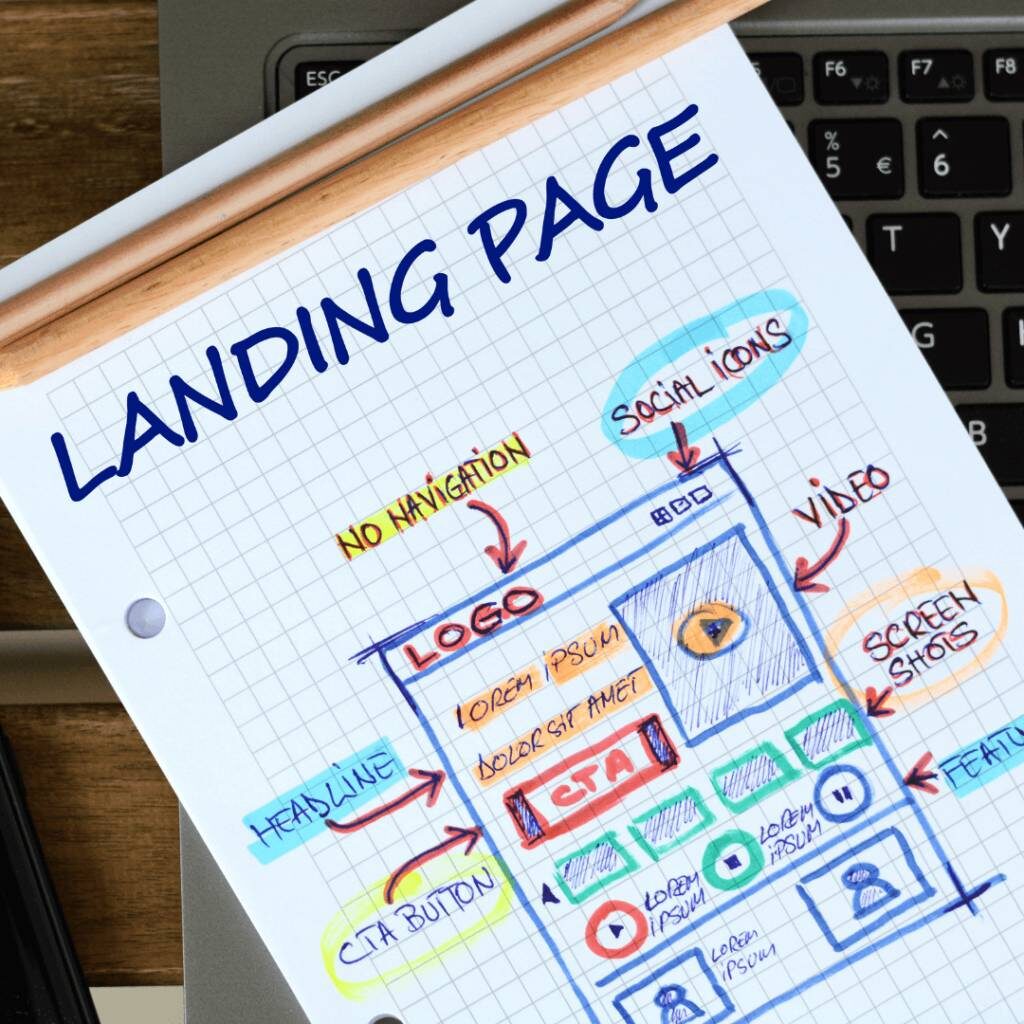
On-Page SEO refers to the factors that you can control on your website. Optimizing for the On-Page ranking factors can have a significant impact on your page’s ability to rank. Some of these factors include:
Unique & Valuable Content
The content on your website is what entices users to visit your website, this is why it is important to create unique valuable content that your audience would want to see. To create great content, you need to bring value to the readers by answering the questions which lead them to your page.
Also, you can create a more enjoyable experience by using headers to divide up your content into easily digestible chunks, as well as using relevant pictures and videos to support the point in your written content to keep your audiences engaged during their visit.
Title Tags
These are the titles of the web page that will be displayed on the SERP, which is the first thing the users typically see of your website. Creating an attention-grabbing title with your keywords can help with SEO as well as increasing click-through-rate. Make sure to create an individual title tag for each page on your website so that the search engine can recognize that your content is unique.
URL
The URL of your page should accurately reflect the content of your page as it will help users understand that they are on the right pages. For example, if your content is about “landscaping in Toronto” the URL of the page could be “http://www.example.com/landscaping-toronto”. This not only improves clarity but also helps search engines to determine the relevance of the page.
These are just some examples of the many On-Page elements that you can optimize your website for.
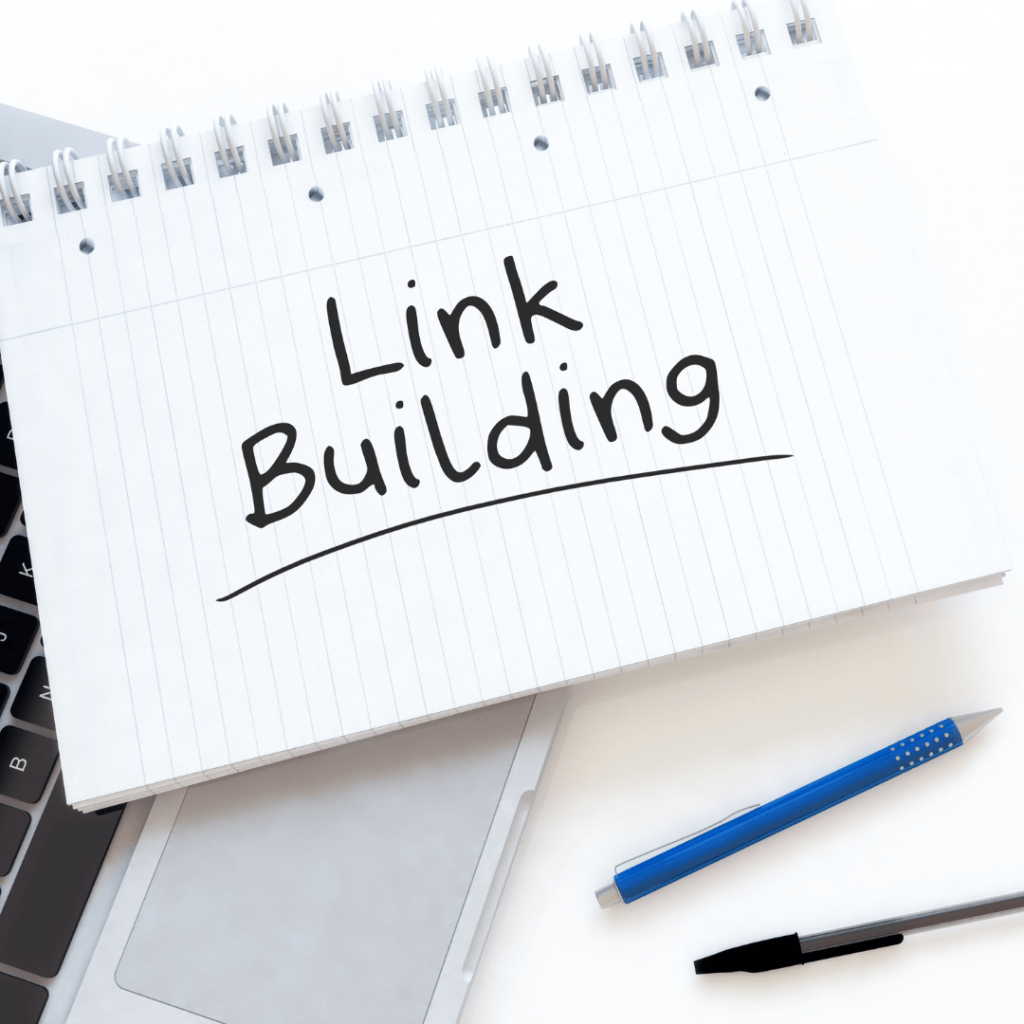
Link Building is the process of attracting hyperlinks from external websites back to your site. This is important because Link Building can help search engines to discover new webpages, as well as using it to determine how well a page should rank on the search results. You can view each external link that links to your site, as a vote of confidence that your website is a reliable source for information about the topic.
Although search engines look at the number of links that are linked back to your website, what is most important is the quality of the links. Having one link from an authoritative site such as Wikipedia can have a stronger impact than several links from websites that barely anyone visits.
Some ways of increasing your backlinks could be asking your network to link back to your website, building relationships through guest posting on other websites, list your website on credible directors, and so on.
As you grow the number of high-quality links pointing to your website, it can significantly increase your chances of ranking at the top of the SERP.
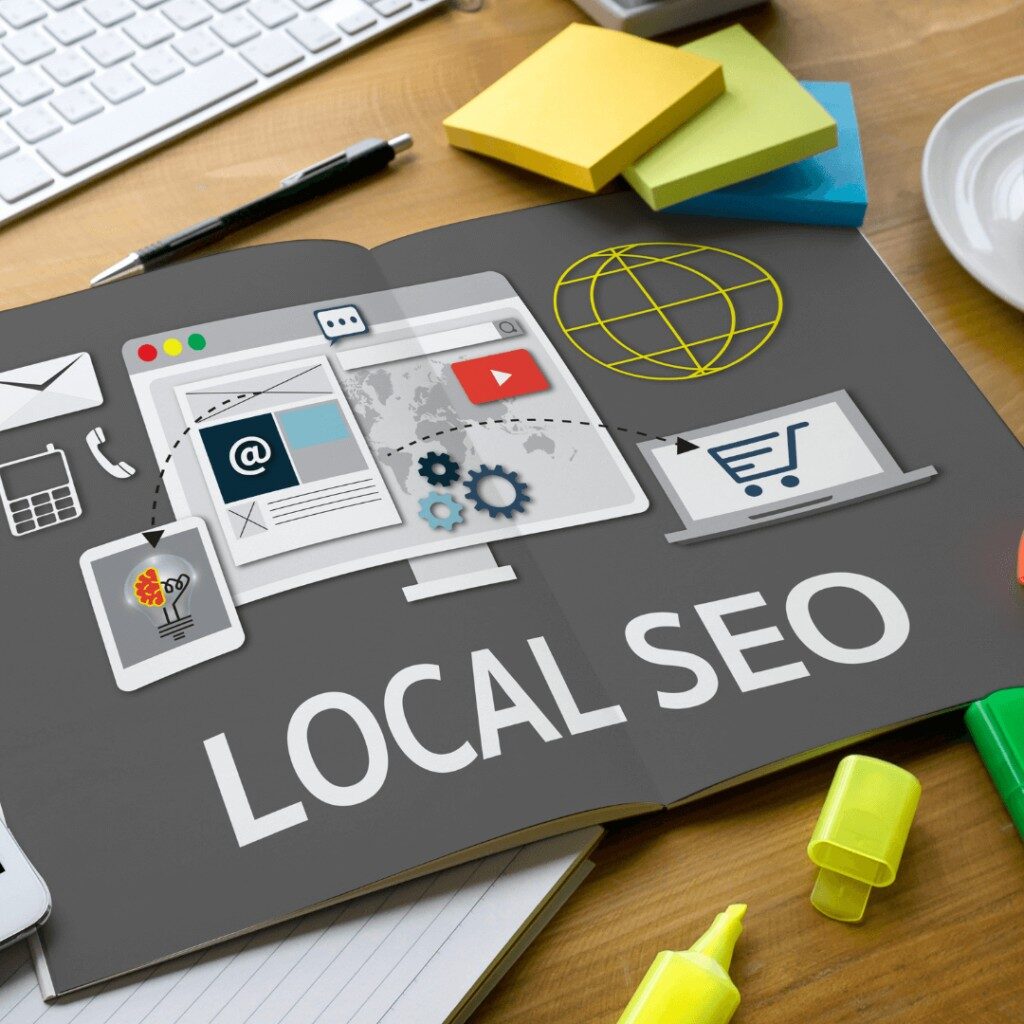
Local SEO is the process of optimizing your website for local searches. This means when someone searches for landscaping services in your geographical area, you can increase the likelihood of your listing appearing on the SERP by optimizing your listings for that specific area. This will help attract more qualified leads, as well as avoid appearing to users in areas where you do not operate in.
To improve Local SEO, you can take a similar approach as the ones we previously mentioned but with the focus on the geographical area you operate in. Meaning you should create content and landing pages specifically for that area so that the search engines understand your business operates in said location.
Another important factor for optimizing your Local SEO is to create profiles on local directories such as Google My Business, Bing Places, and other directories that your audience frequently looks for information about your services.
With Google My Business, you can provide a snapshot of the important information about your business such as the name, address, phone number, and website, making it easy for users to find you if they are interested in your services.
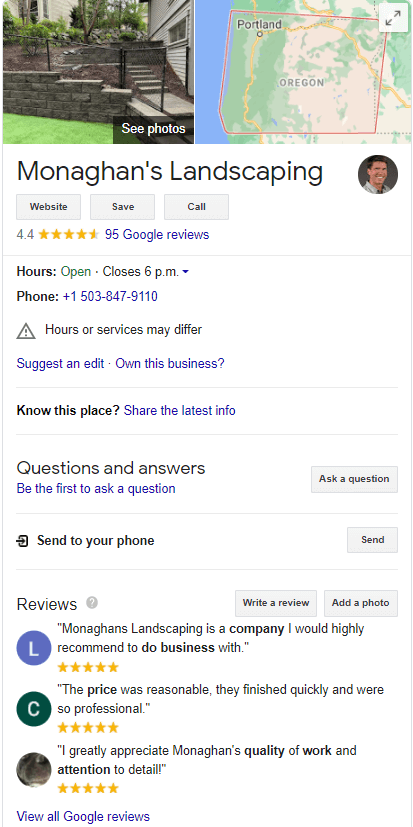
Additionally, the more complete your profile is, the more likely it is for it ranks higher on Google Maps, which is huge as the top three listings on Google Maps will appear on the top of the SERP as well.
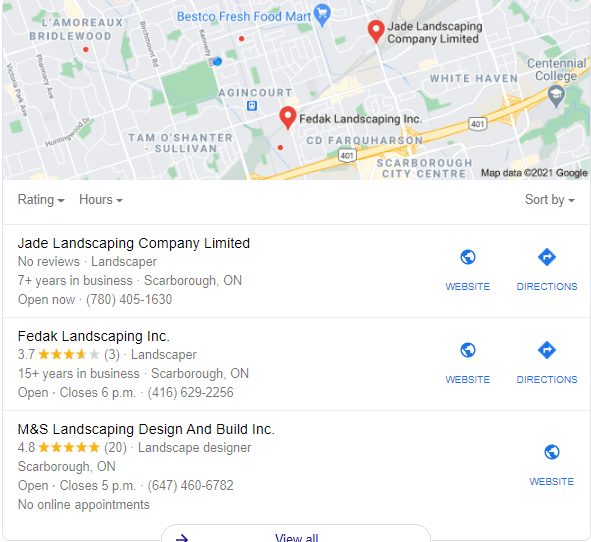
Google My Business also enables your business to receive reviews from your customers. Earning many positive reviews not only improves the credibility of your business but can also give your local SEO a boost. So when customers are happy about the services that you provided, don’t forget to ask for a review as this will lead to more business in the future.
We Help Landscaping Companies Enhance Their Online Presence With SEO!
At 23e2 Digital Marketing, we know what it takes to help your landscaping company stand out in the search results. We will help drive more quality leads to your site, increase conversions, and boost your overall online presence!
Our SEO professionals are knowledgeable about the best practices of SEO as well as using the latest SEO tools to identify high-performing keywords and areas for improvement for your website. We use a data-driven approach with all our SEO strategies to help your website stand out and to succeed in achieving a high-ranking position on the SERP for your landscaping business.
Ready to start your new project but have a few questions? We are here to discuss.
© 23e2 Business Services Inc. | Working With 3rd Parties
© 23e2 Business Services Inc. | Working With 3rd Parties
